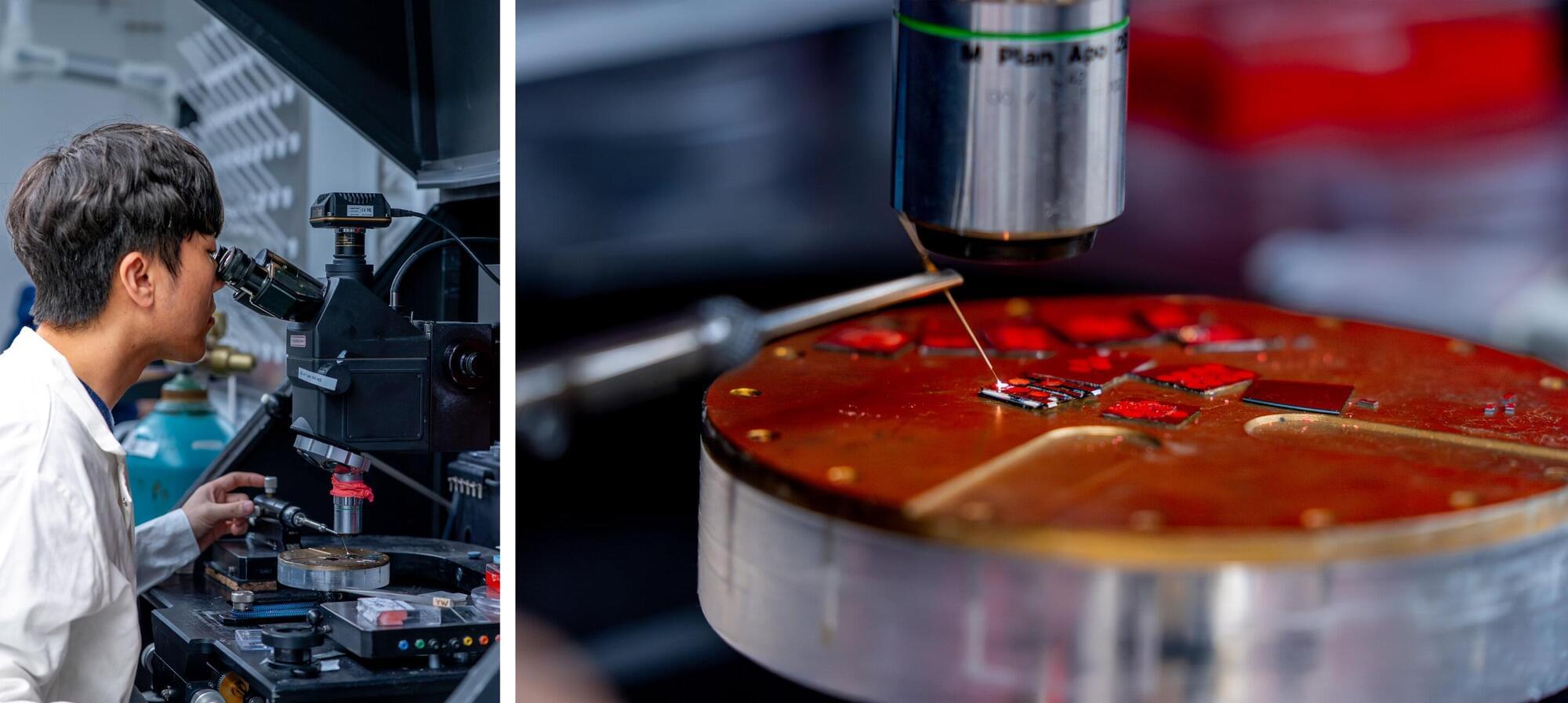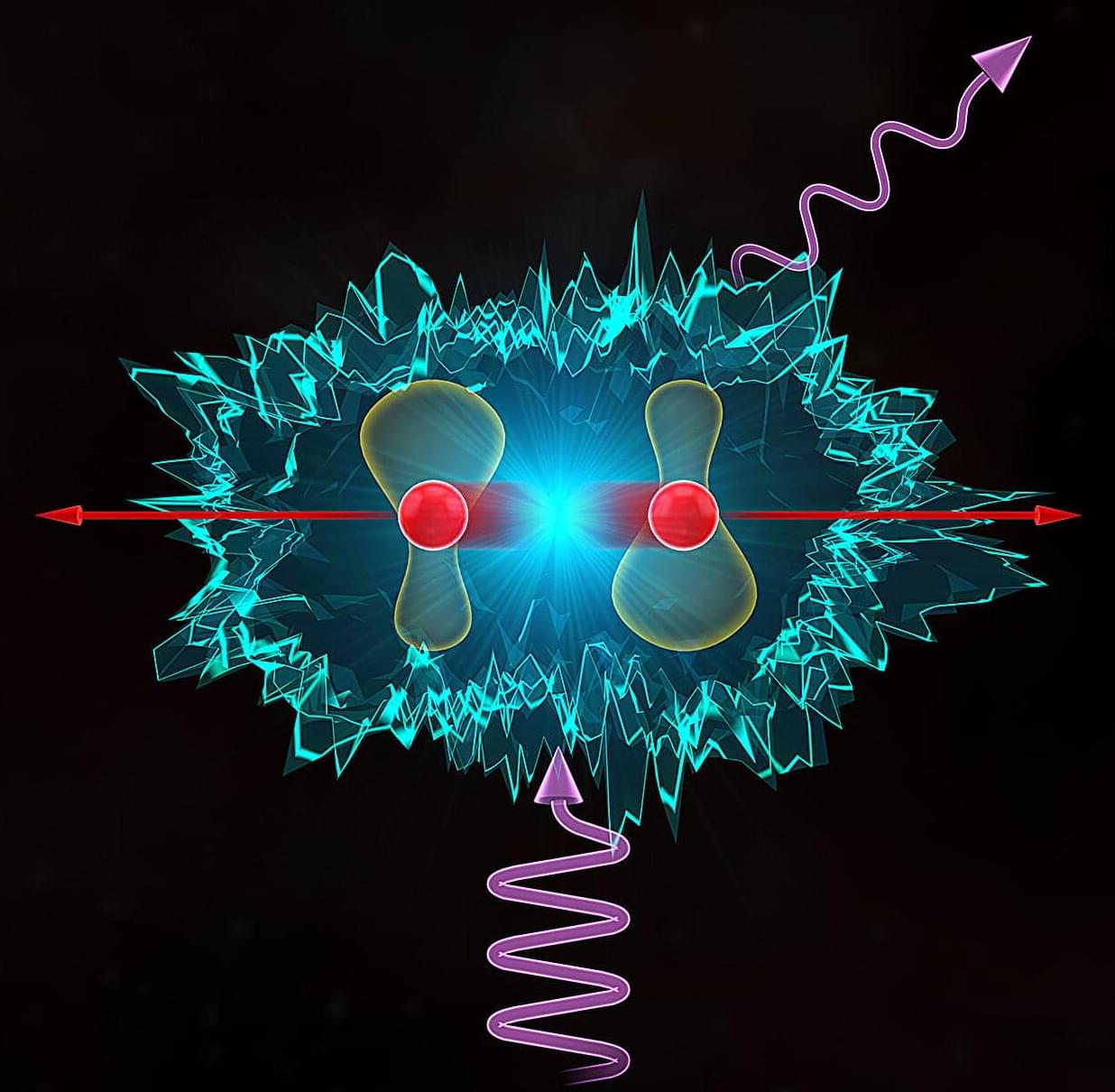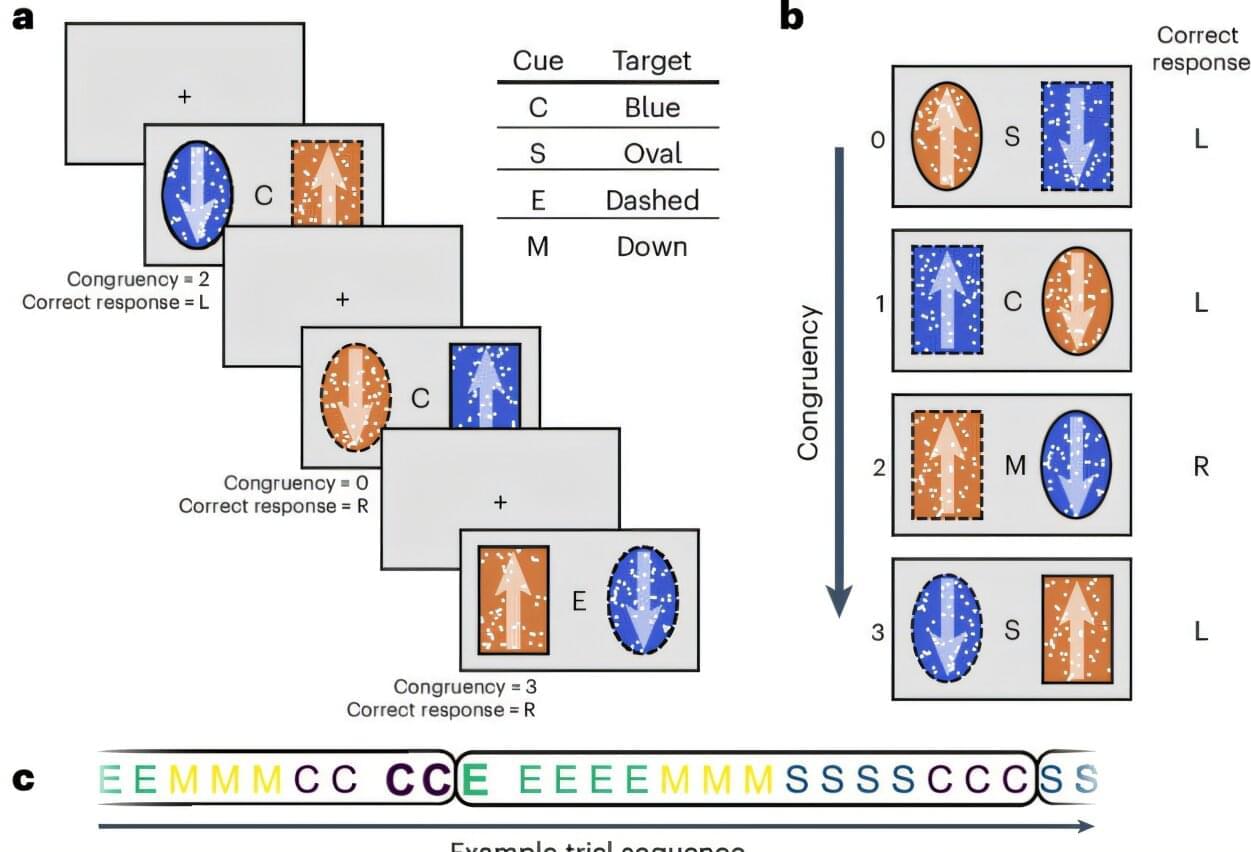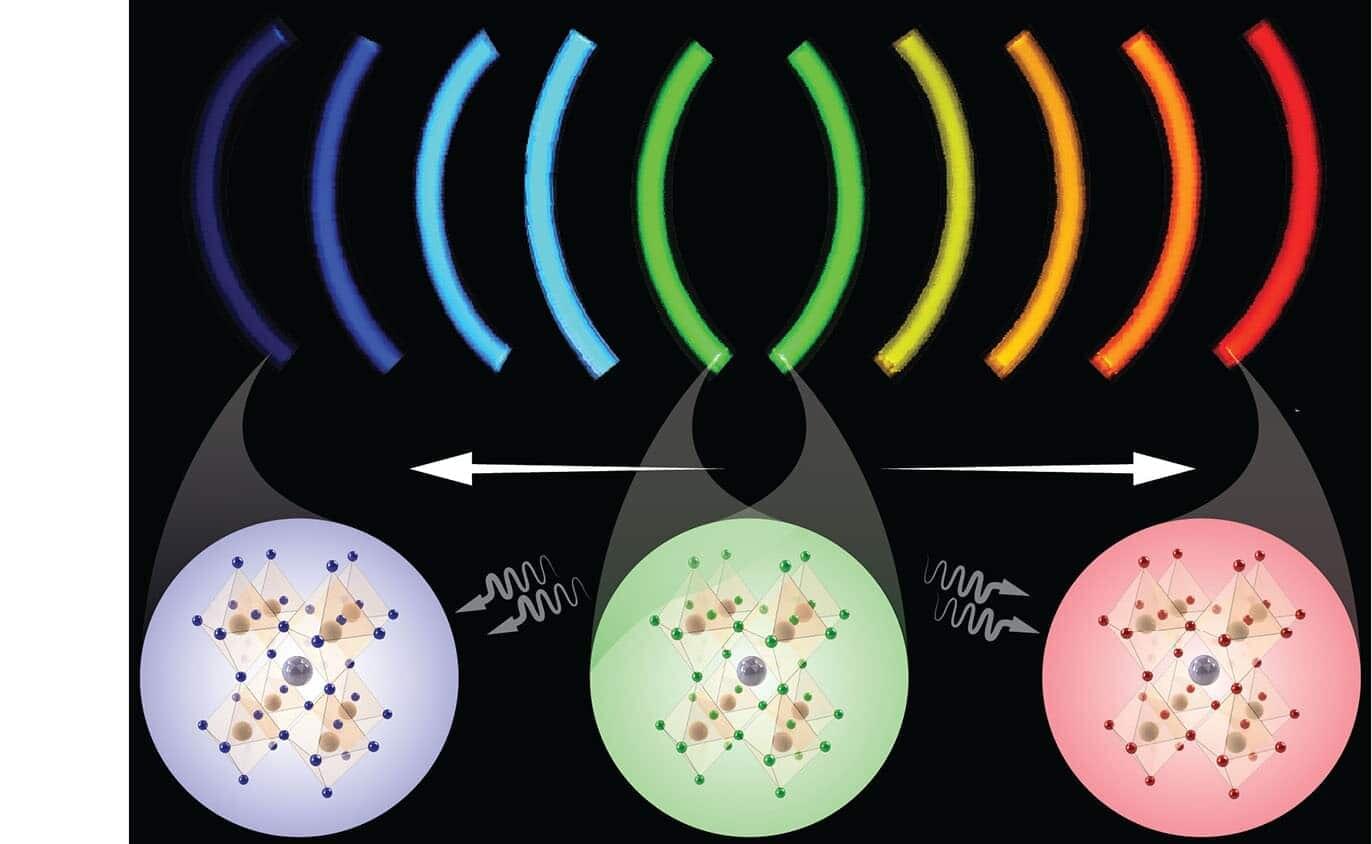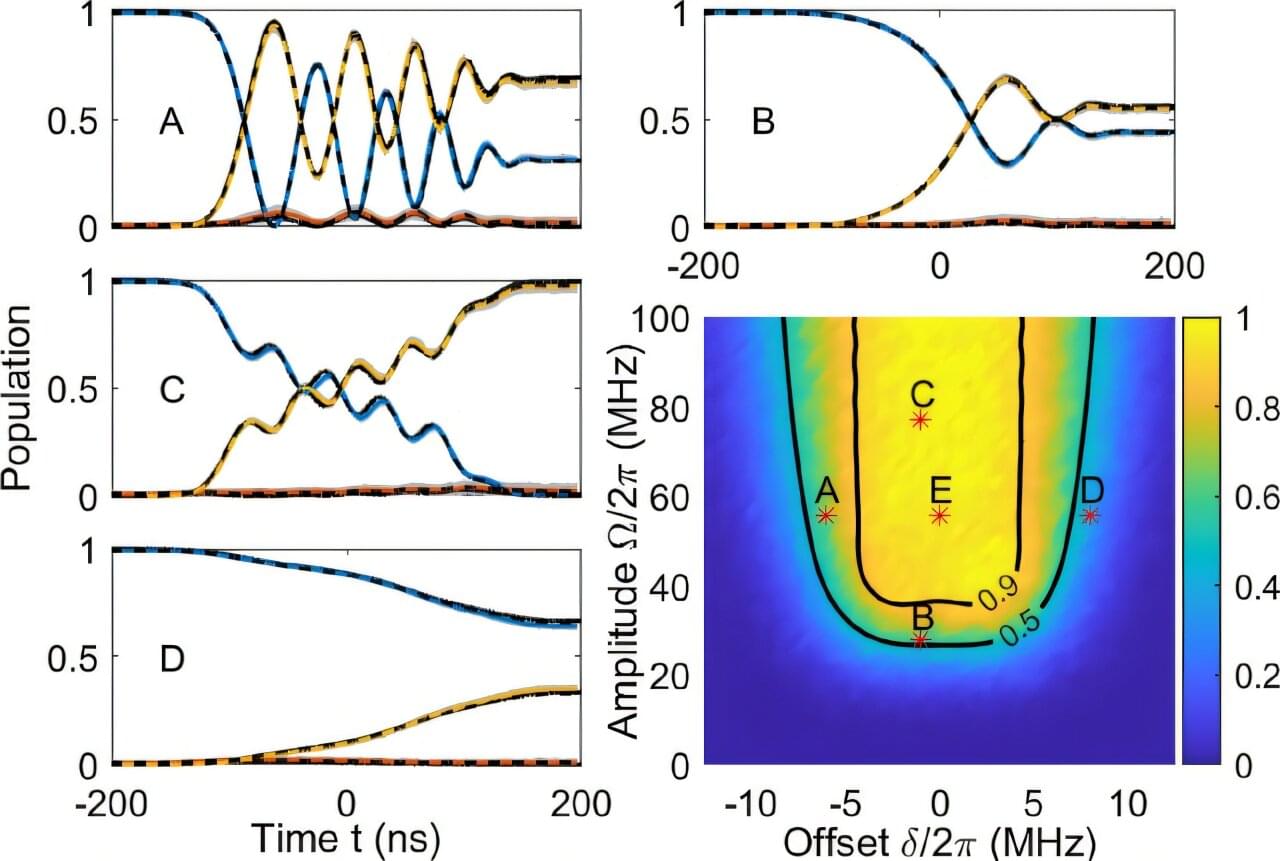Creating and sustaining fusion reactions—essentially recreating star-like conditions on Earth—is extremely difficult, and Nathan Howard, Ph.D., a principal research scientist at the MIT Plasma Science and Fusion Center (PSFC), thinks it’s one of the most fascinating scientific challenges of our time.
“Both the science and the overall promise of fusion as a clean energy source are really interesting. That motivated me to come to grad school [at MIT] and work at the PSFC,” he says.
Howard is member of the Magnetic Fusion Experiments Integrated Modeling (MFE-IM) group at the PSFC. Along with MFE-IM group leader Pablo Rodriguez-Fernandez, Howard and the team use simulations and machine learning to predict how plasma will behave in a fusion device. MFE-IM and Howard’s research aims to forecast a given technology or configuration’s performance before it’s piloted in an actual fusion environment, allowing for smarter design choices. To ensure their accuracy, these models are continuously validated using data from previous experiments, keeping their simulations grounded in reality.

